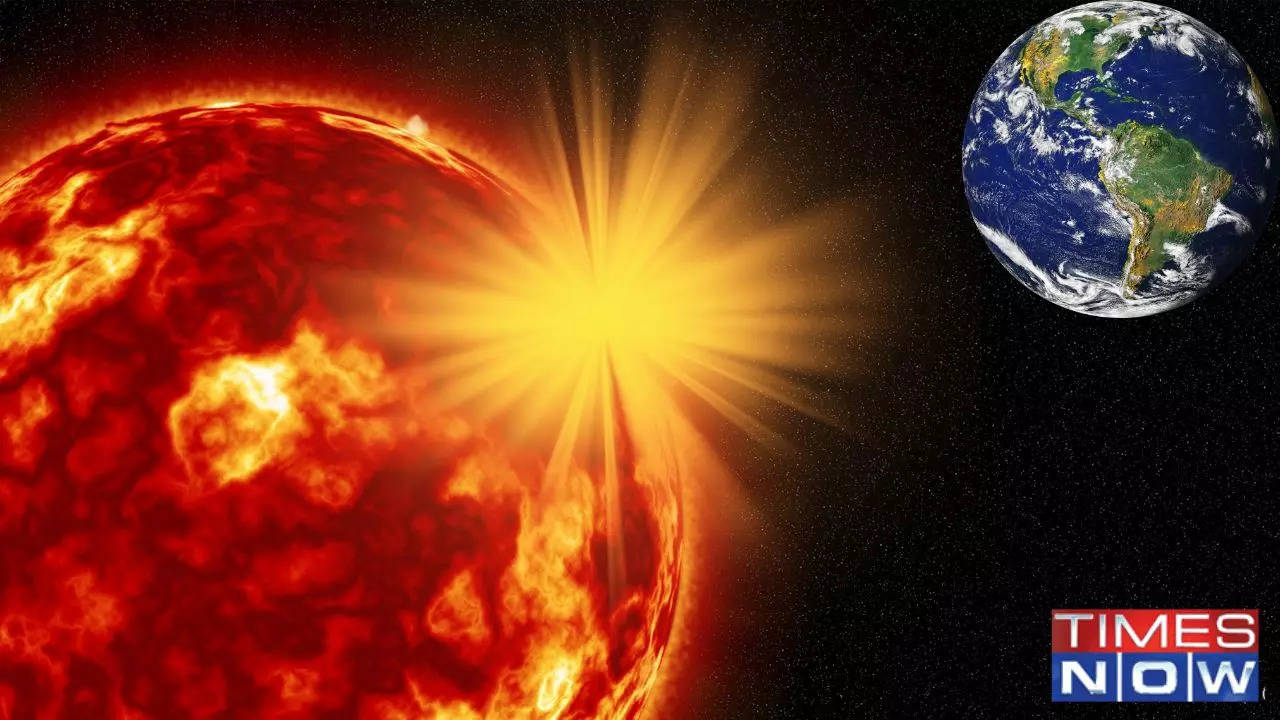
Prepare for Another Round of Solar Storms This Weekend
The Sun has unleashed yet another intense solar storm that is heading toward Earth this weekend. According to space weather experts, the incoming solar storm could cause moderate geomagnetic and radio blackouts when it arrives on November 11 or 12. A solar storm refers to disturbances on the Sun that send charged particles and electromagnetic fluctuations toward Earth. Solar storms are caused by coronal mass ejections (CMEs), huge expulsions of plasma and magnetic fields from the Sun's corona or outer atmosphere.
When an intense CME reaches Earth, it can interact with Earth's magnetosphere and cause geomagnetic and radio interference. The results can be beautiful auroras but also disruptions to power grids, radio communications and GPS signals.
Latest Solar Storm Prediction
Space weather expert Dr. Tamitha Skov reported that new solar storm models predict a direct hit by November 12. This storm was triggered by a CME that departed the Sun on November 9.
While not as powerful as the record-breaking storm that occurred at the start of November, this one still has the potential to reach G2 or moderate intensity levels. This means it could spark visible auroras or northern lights farther south than usual.
NOAA's Space Weather Prediction Center also confirms a G1-G2 geomagnetic storm watch for November 11-12. The incoming CME could cause minor to moderate geomagnetic storms when it arrives at Earth. There is also a slight chance for minor to moderate radio blackouts over November 11-13.
How Do We Monitor Solar Storms and Its Impact?
Stationed 1.5 million kilometres from Earth, the Solar and Heliospheric Observatory (SOHO) satellite is our tireless guardian keeping watch on the Sun. This specialized spacecraft studies solar activity 24/7, providing critical real-time monitoring of potentially hazardous space weather. SOHO plays a vital role in forecasting solar storms by detecting solar eruptions and coronal mass ejections that can impact Earth's environment. The satellite's 12 scientific instruments gather extensive data on the Sun's corona, interior vibrations, and other solar dynamics.
In its over 25 years of operation, SOHO has uncovered groundbreaking insights on coronal mass ejections - energetic bursts of solar material and magnetic fields. By understanding the origins and evolution of these major drivers of space weather disturbances, SOHO helps us better predict when solar storms might head toward Earth.




















